There’s a lot to say about this trip, so much that I’m going to write multiple posts about the weather and our routing service, provisioning and meals, making repairs at sea, and anything else that I decide. Of course I’ll follow up with notes about all the places we visit. But this first post is just about the passage.
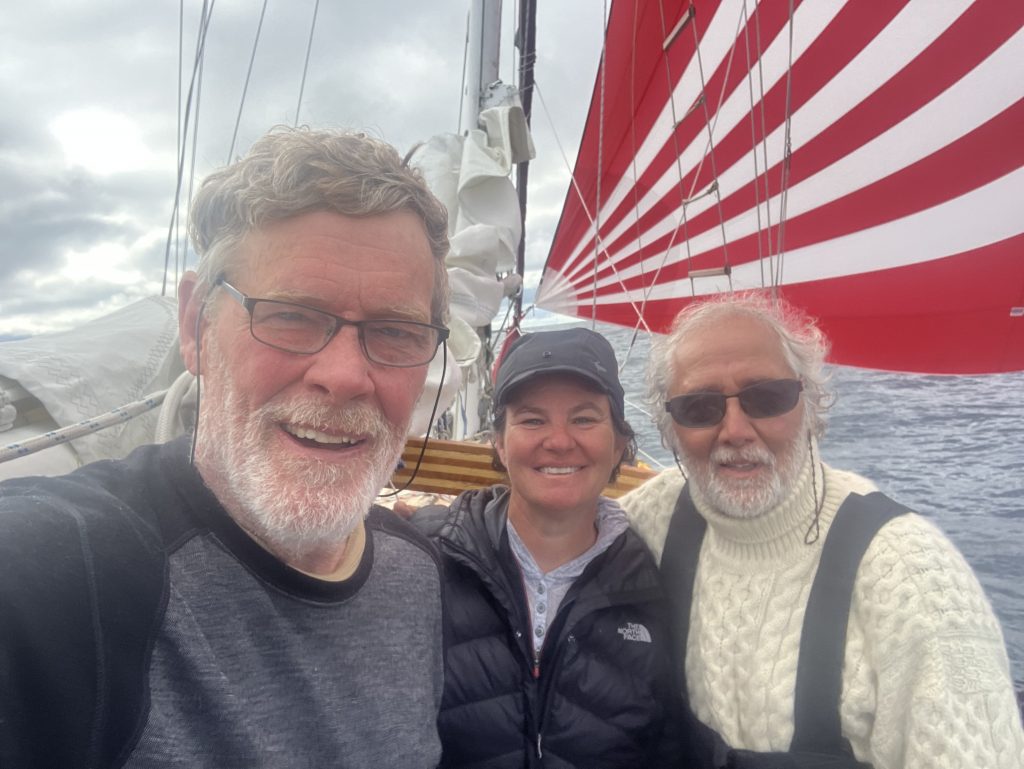
It was a tale of two sails, if I can sum it all up. The first half was exhilarating, a little scary, exhausting, and a bit awe inspiring. The second half was relaxed, consistent, and dare I say a little bit boring after our start?
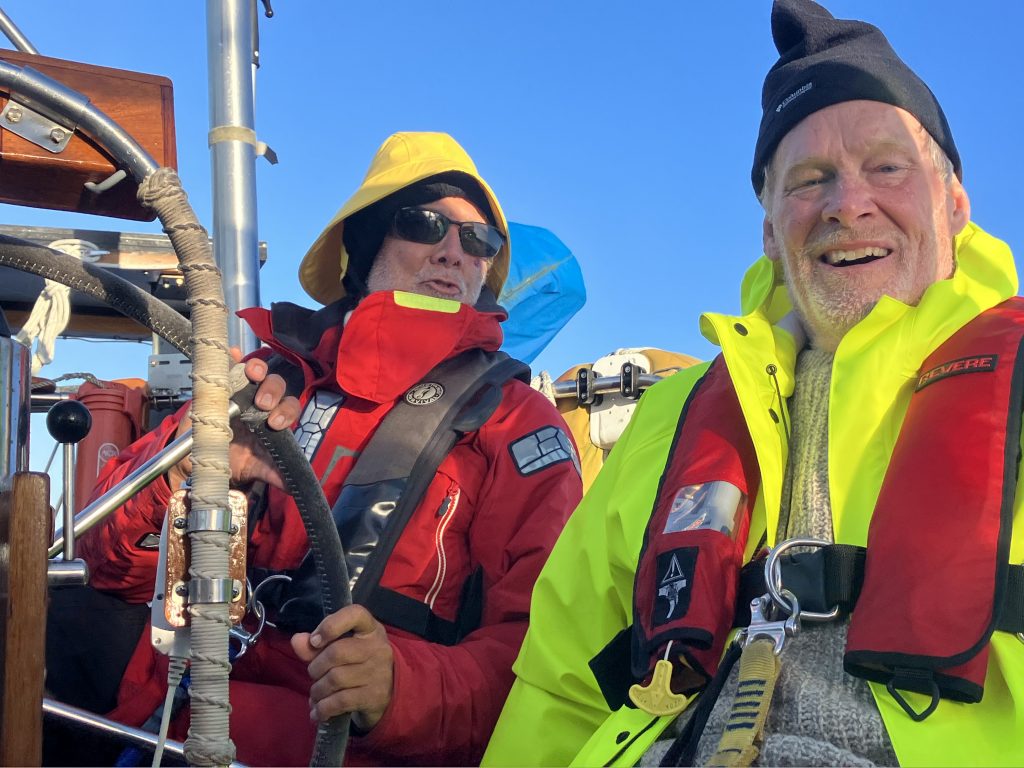
Our first two days sucked us in with perfect winds, sunny skies, dolphin pods swimming alongside, and even a whale spout sighting or two. Then we hit the first of what would be three gales that we experienced. Though the boat could have handled it, we never opted to sail directly through them. As long as the wind was favorable (ie. not in our faces, making for a very uncomfortable point of sail), we reefed as much as necessary to balance things out and continued on. The wind vane (self steering) worked for the first few days, but we were hand steering as the winds built, and the seas built.
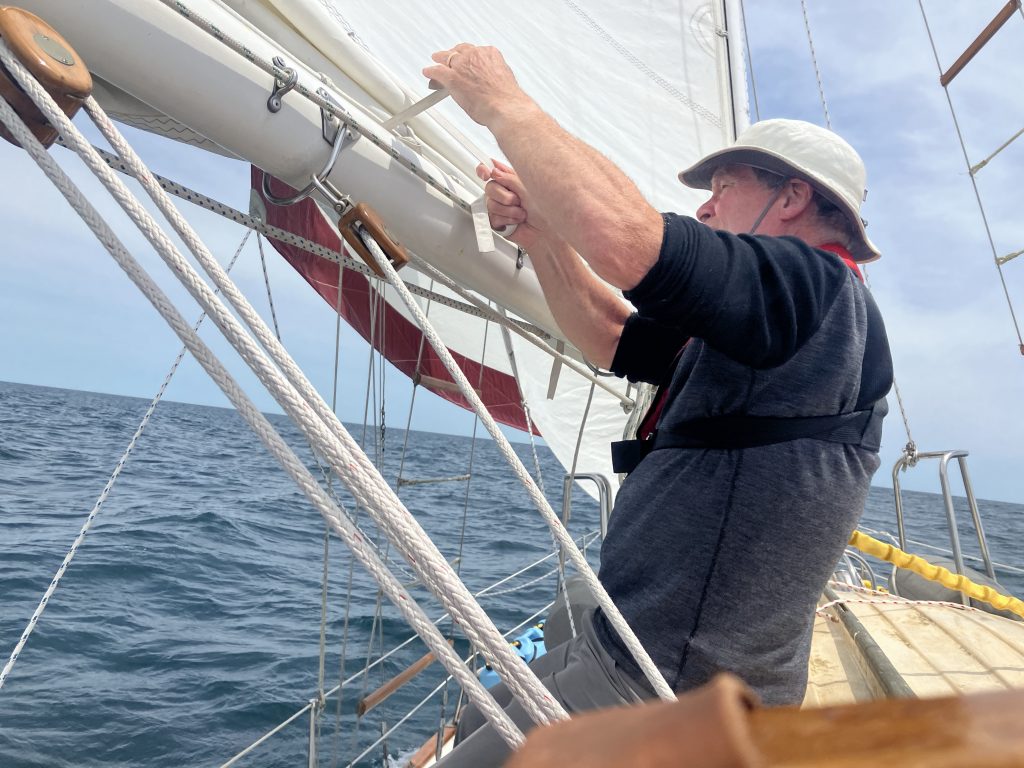
Trip woke up exhilarated after a solid sleep and was ready to keep going. Greg and I were whipped from the constant surfing all night and asked if we could try out heaving to. For the first time since we had practiced in much milder conditions, we positioned the boat into the wind with a triple reefed mainsail only, tied off the wheel, and went below to rest. The wind and the rocking didn’t abate, but we were able to collectively eat and rest. We managed to drift 50 miles in the right direction, so all was not lost.
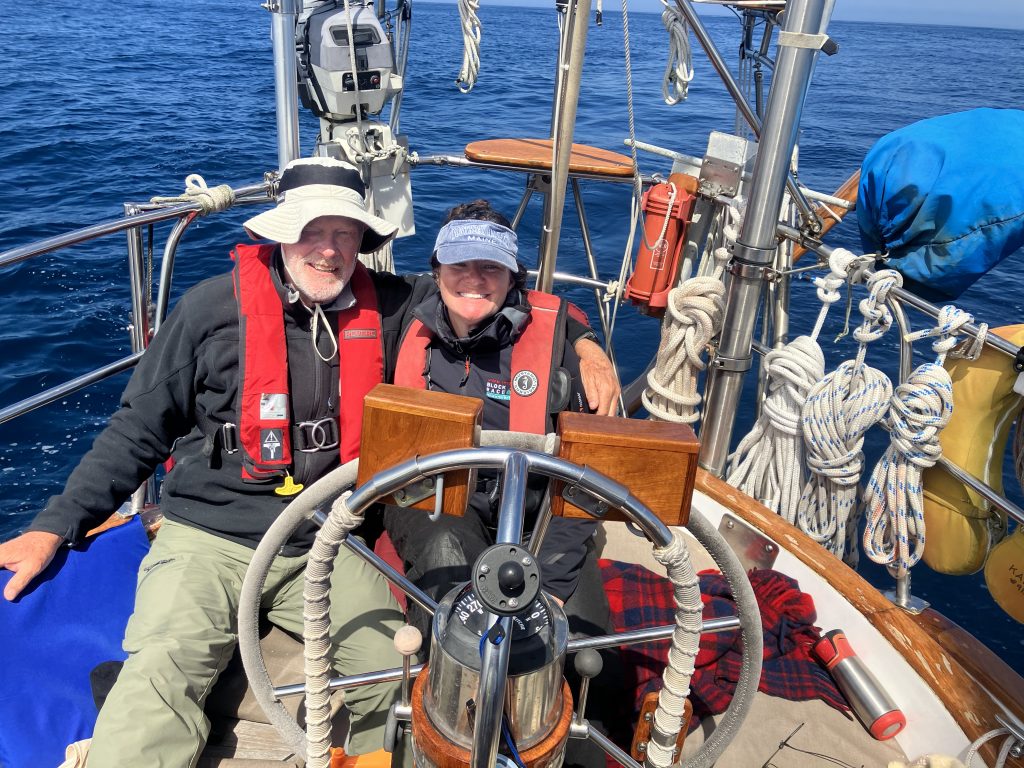
The gale took the wind with it (quite common), so we motored the next 24 hours. We fixed the wind vane, and got it operating in time for it to break as we hit our next gale. Once again, wind in the high 20’s, big seas that involved surfing. The three of us spent the night in the cockpit together with Trip at the helm singing sea shanties while Greg and I watched the froth around us. Morning brought lower winds, calmer seas, and even a pod of Beluga whales! Unfortunately it also brought some soaking rain, and we have a very exposed cockpit. At least we got the view of a spectacular double rainbow going horizon to horizon after the fact.
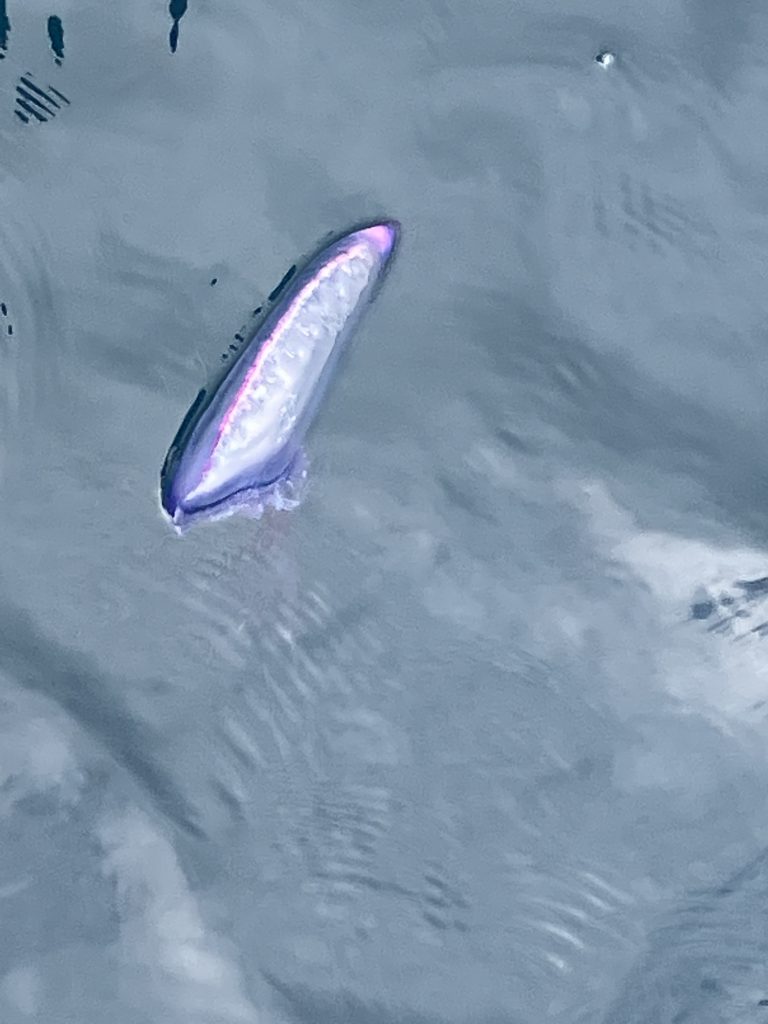
We had a day of light winds and then once again we were facing another gale. We headed north and rode the edge as long as was comfortable, then hove-to again and let the storm carry us along. We made a crazy loop, but it did carry us further north where we would be able to take advantage of the top of a weather high that would allow us to sail southeast toward the islands with the winds aft of our beam.
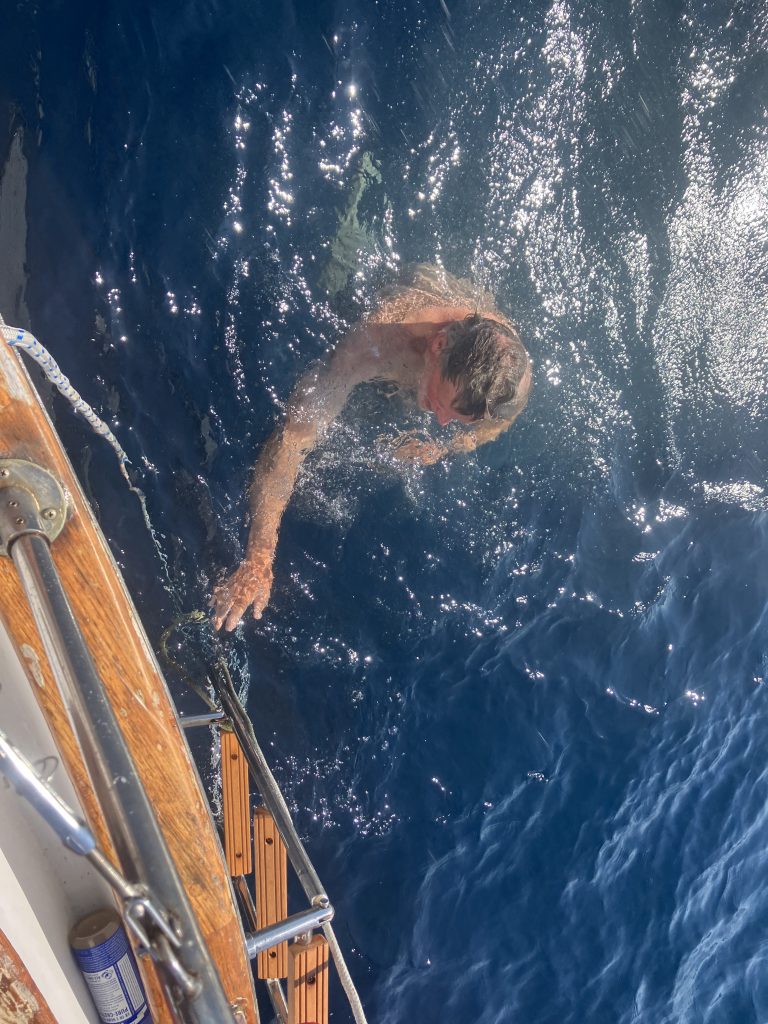
We were still screaming along at 7+ knots, with high winds but manageable seas. While Trip rested, Greg and I sat in the cockpit with the autohelm running, watching the wind build into the 30s & 40s. The seas were still huge and we buried the end of the boom three times, but it was amazing to feel the boat do her thing.
And then the wind died again. The engine wouldn’t start, so we drifted, did laundry (by hand), repaired the mainsail (webbing attaching the slugs to the headboard had worn through), took showers and even went for a swim (Greg). Everything dried just in time for the wind to come back.
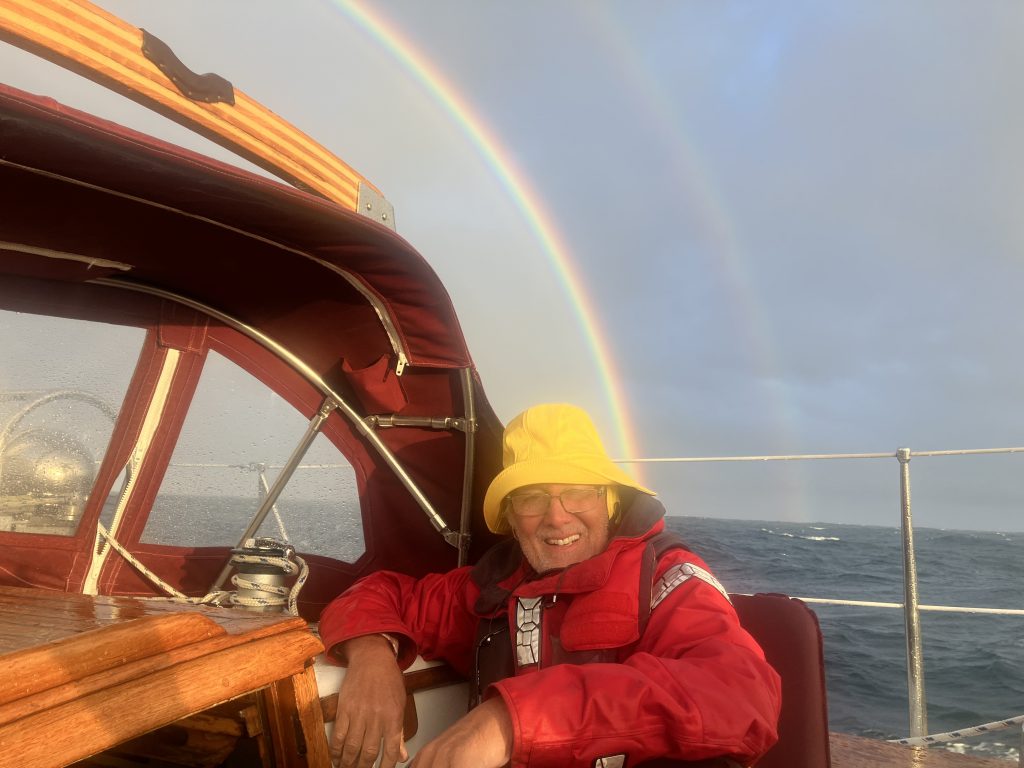
We were north now, way north, could have sailed to Iceland north, but the winds shifted to the north northwest, and we began a beautiful downward sail to the islands. Comfortable winds, tolerable seas, it was day after day of what sailing should be like! We were finally even able to hoist the spinnaker one day! We had time to make repairs to the engine, and Greg landed a false albacore which made for two night’s dinners. Earlier, with an engine that wouldn’t start, we had emailed Linda Lane Thornton (fellow OCC member, coauthor of the Atlantic Islands book, and resident of Sao Jorge in the Azores). Having to possibly sail to anchor and needing technical services, she recommended the two ports on Terceira. Running through a series of tests recommended by our friend, James (an electrical engineer and owner of a boat like ours), we managed to get the engine to start. Based on other information that Linda gave us plus our own resolve, we decided to make our first landfall on Terceira anyway (a somewhat backward route for boats sailing from the US). A few days later we were dropping anchor as we had made it. Twenty two days I will never forget.
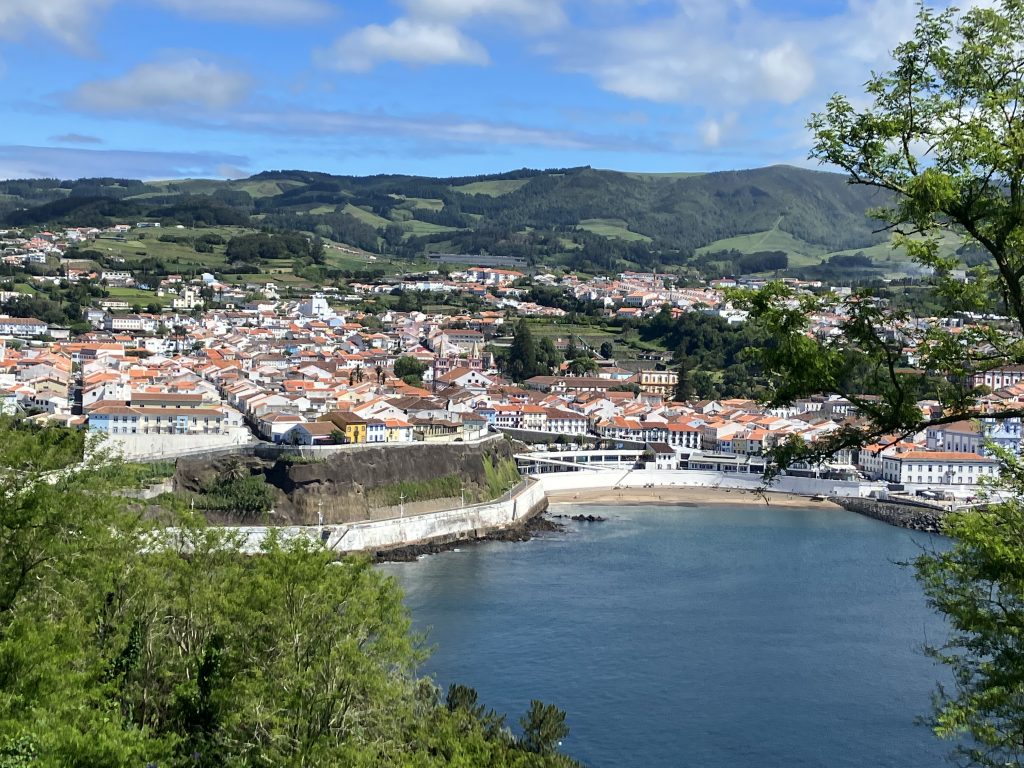

Recent Comments